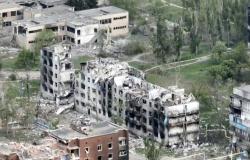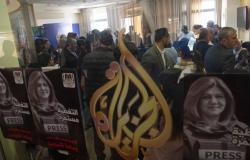The Colosseum in Rome it is one of the most impressive and admired monuments in the world. Everyone usually associates it with gladiator shows and everyone recognizes it as an emblematic tourist destination. However, what is perhaps not so well known to most people is that theFlavian Amphitheatre he also witnessed another type of equally grandiose spectacle: the naumachie, or the naval battles.
Much more than just a fight
The term naumachia comes from the Greek ναυμαχία, meaning naval combat. These were events that consisted of the theatrical representation of great naval battles that occurred in the past. They combined historical re-enactments, public executions, performances by acrobats and artists. All this weaving a tapestry of entertainment and emotion that captivated audiences.
The realism was such that the participants wore the uniforms of the two opposing peoples and actually found themselves facing each other. These fights were violent, with constant mutilations, blood and drownings. The combatants were prisoners of war or sentenced to death. It was not strange that many participants lost their lives in these battles.
But it wasn’t just a show to entertain, please and fascinate people. Conversely, naumachies also played a political role as a powerful propaganda tool. Through these shows Rome exalted its military power, legitimized the government of the emperors and satisfied the people with a free and grandiose spectacle. They were a tangible manifestation of Rome’s dominion over the seas and a way to exalt the greatness of the Empire to the world.
A titanic task
This mix of theater and violence was based on the history of Greece and depicted episodes such as the victory of the Athenians over the Persians at the Battle of Salamis (480 BC) or the triumph of Corcyra over its metropolis Corinth (635 BC). To be faithful to the historical narrative, the naumachies followed the same progression as the actual battles.
Organizing a naumachia was a Herculean undertaking that required careful planning and execution. From building canals and reservoirs to flood the venues, to transporting thousands of cubic meters of water and fitting warships into specialist shipyards, every detail was vital to ensuring the show’s success. Additionally, hundreds of gladiators were trained for naval combat, and exotic animals were sometimes included to heighten the drama.
Although the Colosseum in Rome was the most famous setting for naumachies, these shows were also held in other cities of the Roman Empire. Places such as Naples, with its artificial lake, or Carthage, where the destruction of the city after its conquest by Rome was staged, witnessed the grandeur of these naval displays.
A historical legacy
The naumachies left an indelible mark on Roman culture, manifesting themselves in literature, art and architecture. In literatureauthors like Virgil and Seneca they immortalized these naval battles in their works. In the’art, Roman artists captured the grandeur of naumachia in elaborate mosaics, evocative paintings, and monumental sculptures. In the’architecture and in theurban layoutin some cities the remains of the canals and artificial basins used to flood the venues are still visible, reminding us of the impressive engineering needed to create these monumental events.
Although (fortunately, in part) the naumachies have disappeared over time, their influence persists in the historical reenactments and in the popular culture.
Tags: iconic Roman building naval battles place idealistanews






